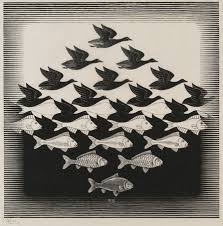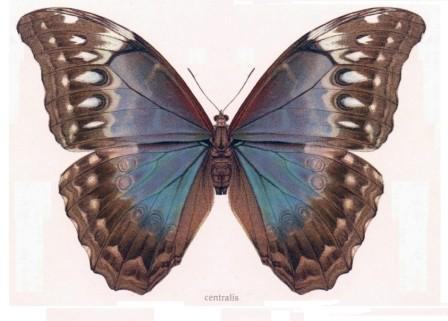Principles Of Design
Elements of Art
Visual (POD)
Visual (EOA)
Terms Continued...
100
The sense of oneness or wholeness in a work of art.
What is Unity?
100
an artwork's actual or implied surface quality, such as rough, smooth, soft.
What is Texture?
100
What do you see


What is Figure and Ground?
100
What do you see


What is Texture?
100
A composition that is based on a circle, with the design radiating from a central point.
What is Radial?
200
Grouping by repetition; elements that look alike are perceived to be related


What is Similarity?
200
an element of design the refers to the lightness or darkness of grays and colors.


What is Value?
200
What do you see


What is Symmetrical?
200
What do you see


What is Lines?
200
The Organization of the parts of a composition such that the sides of a vertical axis are visually equal without being identical
What is Asymmetrical?
300
A real or implied line or edge that continues from one form to another, allowing the viewer's eye to move smoothly through a composition


What is Continuation?
300
an element of design that is two-dimensional and encloses area.


What is Shape?
300
What do you see


What is Contrast?
300
What do you see (Two Elements)


What is Value and Form?
300
The difference between the elements
What is Variety?
400
when an object is incomplete of space
What is Closure?
400
an element of design that is three-dismensional and encloses volume
What is Form?
400
What do you see


What is Balance?
400
What do you see


What is Space?
400
Creates a focal point in adesign
What is Emphasis?
500
grouping by closeness: the closer the elements are to each other, the more they will be as a group


What is Proximity?
500
an arrangement or combination of colors, especially as used in interior decoration.


What is Color Scheme?
500
What do you see


What is Closure?
500
Examples
 What two Principles of Design?
What two Principles of Design?

 What two Principles of Design?
What two Principles of Design?

What is Variety and Unity?
500
a movement in which some elements recurs regularly. Like a dance it will have a flow of objects that will seem to be like the beat of music.
&
is the path the viewer’s eye takes through the artwork, often to a focal area. It can be directed along lines, edges, shapes and color. Movement is closely tied to rhythm
What is Movement/Rhythm?